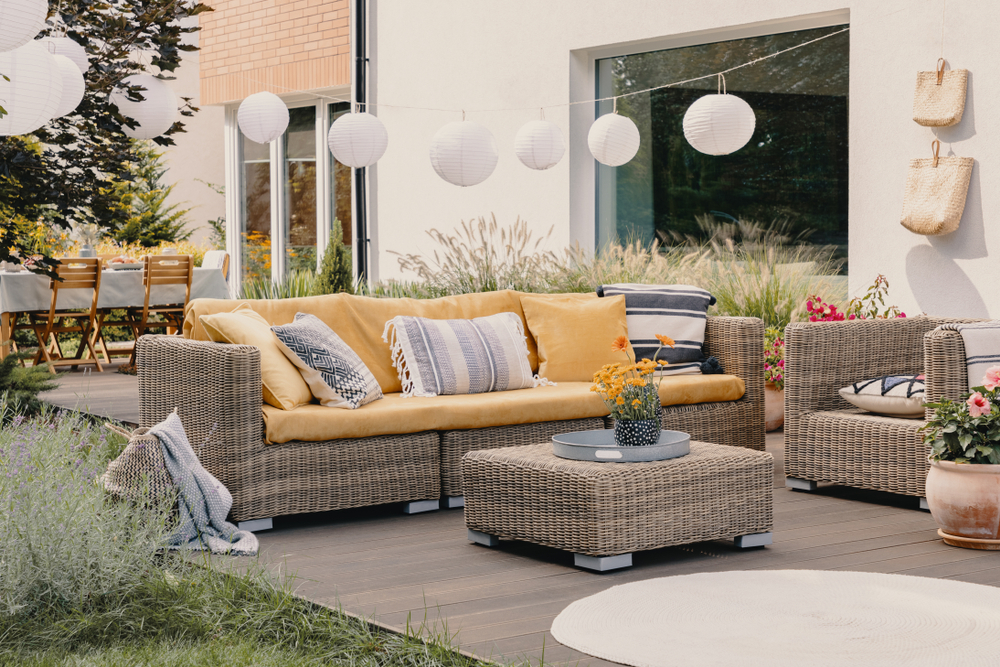Sold this Month: THREE Seattle Homes
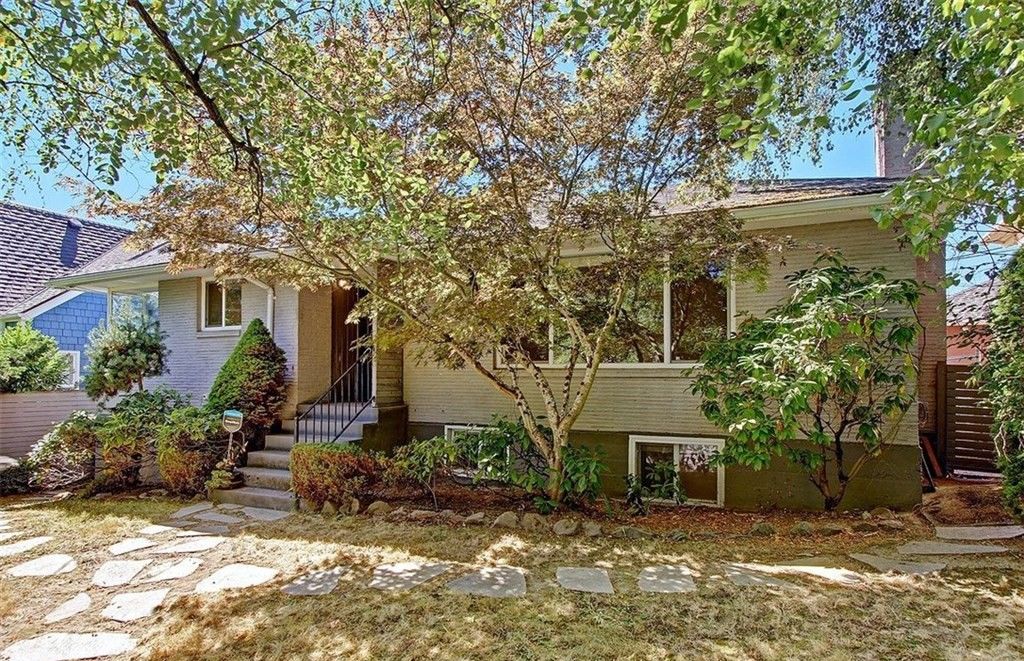

Seattle, WA 98144
Listed at $785,000
Solid 1950 home, set back off the street and fully fenced for total privacy. The main floor has hardwoods throughout, a living room with a real fireplace, an eat-in kitchen, two bedrooms & a full bath. Then there’s a fully finished lower level with two bedrooms, a family room, 2nd full kitchen & 3/4 bath. Perfect for a MIL. Fully fenced yard with trees and shrubs. The backyard patio and swimming pool face west so it’s sunny. Light rail, parks, eateries and the lake all walk-able.

Seattle, WA 98118
Listed at $625,000 | Sold for $750,000
Sweet, super private, south-facing 1918 bungalow, on a magical landscaped lot. Seller is an artist and professional gardener, and it shows! Tons of ‘old world charm’ with original fir floors that are in good shape, high ceilings & a big covered front porch. There is plenty of natural light augmented by newer sliding glass doors that open on to a small sunny deck and big southwest facing patio. Updates include: brand new roof, copper plumbing and most wiring, plus an energy efficient mini-split heat pump for heat & AC. Lots of room to expand the footprint, plus add a DADU as new zoning allows for ‘extra’ dwellings. It is a short walk to downtown Columbia City, Light Rail & easy access to freeways.
Buying a Fixer-Upper
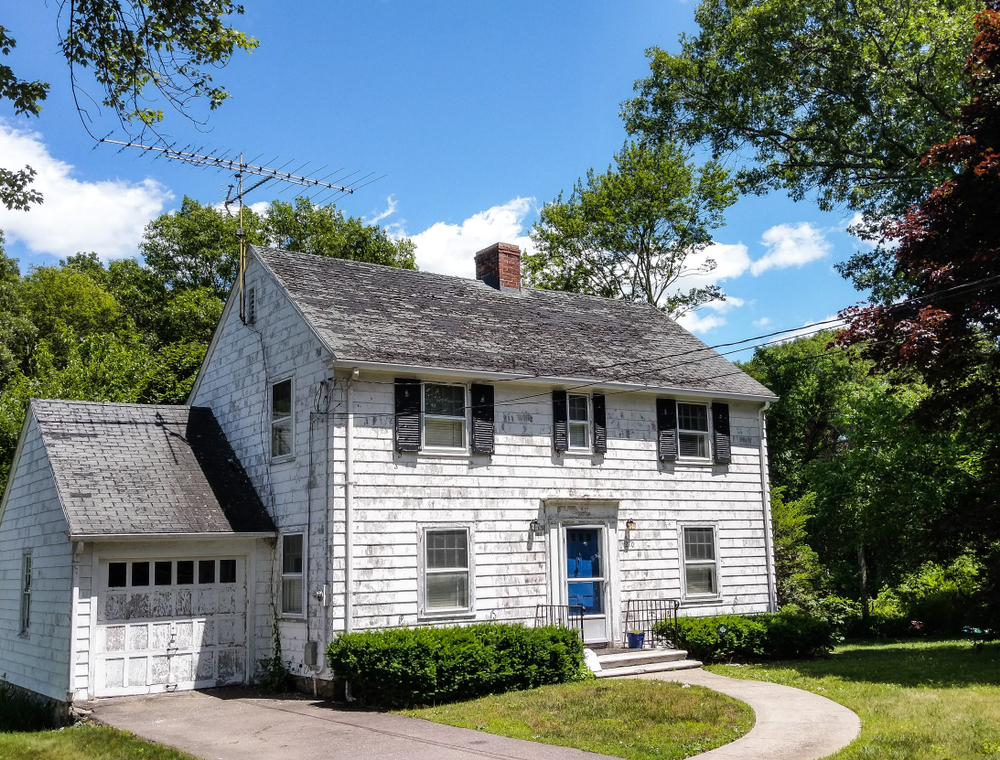

For some home buyers, a fixer-upper is their idea of a dream home. Preparing for the process comes down to creating a plan, knowing what to look for, and understanding what financing options are available.
Create a plan
Fixer-uppers require a future-oriented mindset. Knowing the magnitude of the project you and your household are willing to take on will help dictate your budget and expectations as time goes on. Understand that in addition to the down payment and closing fees, the costs inherent in a fixer-upper purchase have the potential to go over-budget easily. Familiarize yourself with permitting in your area to understand how to navigate any legal roadblocks in the renovation process.
What to look for
Location: Whether you are purchasing a fixer-upper with plans to sell it, rent it out, or live in it, consider its location before purchasing. If you’re planning on selling or renting, location is one of the most important factors to making a return on your investment. And if you’re planning to live in your fixer-upper, keep in mind that location will be a large part of your experience in the home.
Scope of renovation: If you are looking for a smaller scale renovation, look for fixer-uppers that require cosmetic projects like new interior and exterior paint, fresh carpeting and flooring, appliance upgrades, and basic landscaping maintenance. More expensive and involved projects include reroofing, replacing plumbing and sewer lines, replacing HVAC systems, and full-scale room remodels.
Inspections: Beyond a standard home inspection, which covers components of the home like its plumbing and foundation, consider specialized inspections for pests, roof certifications, and engineering reports. This will help differentiate between the property’s minor flaws and critical problems, further informing your decision when it comes time to prepare an offer.
Financing options
Renovation loans allow buyers to finance the home and the improvements to the home together. Extra consultations, inspections, and appraisals are often required in the loan process, but they help guide the work—and thereby, added value—of your fixer-upper. Talk with your lender about which option is best for you.
- FHA 203(k): The Federal Housing Administration’s (FHA) 203(k) loans can be used for most projects in the process of fixing up a home. In comparison to conventional mortgages, they accept lower incomes and credit scores.
- VA renovation loan: With this loan, the cost of the improvement projects is combined into the loan amount for the home purchase. Contractors employed in any renovations must be VA-approved, and a construction fee may be charged by the lender.
- HomeStyle Loan – Fannie Mae: The HomeStyle Renovation Loan can be used by home buyers purchasing a fixer-upper, or by homeowners refinancing their homes to cover the improvements. Funds are distributed directly to contractors via a separate escrow account. This loan also allows for luxury projects, such as pools and landscaping.
- CHOICERenovation Loan – Freddie Mac: This renovation mortgage is guaranteed by Freddie Mac, allowing projects that bolster a home’s ability to withstand natural disasters.
If you’re interested in buying a fixer upper, talk to your Windermere agent to help you understand the process and discuss what makes the most sense for you.
How to Improve Your Curb Appeal
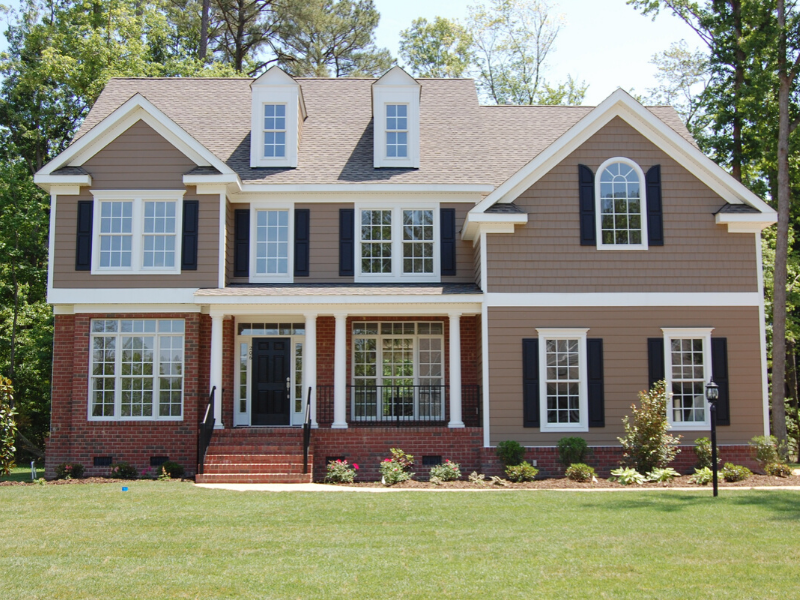
When it comes time to sell your home, first impressions are crucial. Improving your curb appeal helps to make the most of a buyer’s first glance and sets the stage for their interest in purchasing your home. The following projects are simple and inexpensive ways to enhance both your home’s first impression and its value.

Landscaping
- Lawn: A healthy, well-tended lawn goes a long way towards improving your curb appeal. Clean up all weeds, leaves and debris, and consistently water your lawn to give it that fresh green look. If you live in an arid climate, consider grass alternatives like artificial turf for the best lawn aesthetic.
- Plant colorfully: Adding color variety to your front yard will grab buyers’ attention. Align smaller plants, like groundcover and flowers, neatly within your flower beds, aiming for symmetry when possible. Use larger plants and trees to frame in your entryway or walkup. If your front yard doesn’t have flower beds, try adding hanging planters or window boxes.
- Lighting: Landscaping lighting boosts your curb appeal during nighttime, accentuates your shrubbery, and adds a welcoming touch for visitors as potential buyers, lighting the way to your door.
Porch
Front porches set the stage for all your home has to offer. Improvements here will play a significant role in how comfortable potential buyers feel about the property and how inspired they are to explore the inside of the house.
- Door: Your front door is an opportunity to make a tasteful statement. Look at bold color choices that are within or slightly stretch your home’s exterior color palette. Take time to prepare the surface for a fresh coat of paint to make the color pop as much as possible. Try stylish doorknob options that accentuate the aesthetic to give your door some added flair.
- House numbers: New and stylish house numbers are an easy, eye-catching touch to the look of your porch. Look for styles that match with your exterior color palette and any exterior lighting fixtures.
- Go for comfort: Incorporating classic front porch elements like a porch swing, sitting bench, and other outdoor furniture gives a welcoming aura to the front of your home and creates a sense of comfort for prospective buyers.
- Shutters: Windows are the gateway to the inside of your home. Shutters of delicate fabric will bring elegance to your front porch, while wooden shutters deliver a solid, cozy vibe.
Other
These miscellaneous projects will add the finishing touches to your home’s curb appeal and get it in prime selling condition.
- Quick maintenance: Small chores and minor fixes like cleaning gutters, repairing chipped paint, and cleaning windows are important for buyers with a detailed eye.
- Staining: Instead of replacing fences or garage doors, look into applying a fresh stain. This brings a refreshed look and is much cheaper than a full renovation or replacement.
- Power wash: Power washing your walkways and driveways makes a significant difference in curb appeal. If buying a power washer is outside your budget, explore rental options from the big-name hardware stores.
The Seahawks and Windermere Team Up Again to #TackleHomelessness
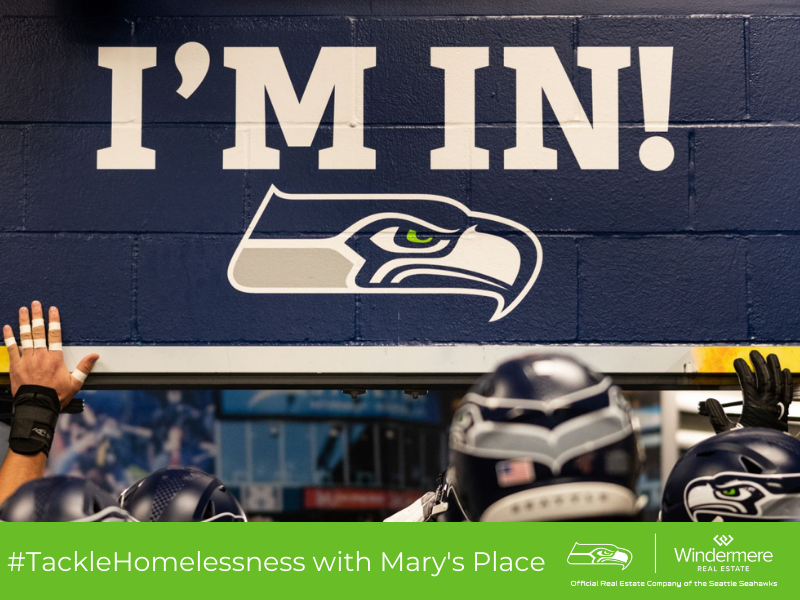

As the “Official Real Estate Company of the Seattle Seahawks,” all of us at Windermere are proud to kick off our fifth season of partnering with the Seahawks to #TackleHomelessness. For every defensive tackle made at a Seahawks home game this season, Windermere will donate $100 to Mary’s Place in support of their mission to provide safe, inclusive shelter and services that support women, children, and families on their journey out of homelessness. Mary’s Place has provided resources, housing and employment services to the homeless in the greater Seattle area since 1999.
Thanks to the Seahawks’ defensive efforts last year, we were able to donate $30,000 to Mary’s Place, bringing our grand total to $128,200 raised over the past four seasons. We look forward to raising even more this year!
Our partnership with Mary’s Place is in harmony with the mission of the Windermere Foundation—to support low-income and homeless families in the communities where Windermere operates.
You can follow our progress throughout the Seahawks season on our social media pages. Follow us on Facebook, Instagram, Twitter, and LinkedIn for updates. Go Hawks!
Dangers of an Overpriced Home

When it comes time to sell your home, determining its exact value can be a challenge. Naturally, homeowners want to get the most value for their home. However, if it hits the market at too high a price, it could cause serious complications in the selling process.

Attracting the wrong buyers
An overpriced home creates a kind of seller’s limbo that draws the attention of the wrong buyers, which is a surefire way to start your selling process off on the wrong foot.
A vast majority of homebuyers begin their home search online, especially during these days of social distancing amidst the COVID-19 pandemic. If your home is overpriced in comparison to other listings in your area, it won’t appear in their search results. In this way, an overpriced home is blind to its intended buyers and actually drives traffic to nearby listings that are more accurately priced.
An overpriced home can’t compete with listings in a more expensive bracket. Buyers know what they want, and they know what to expect in their price range. When they notice a home is missing the square footage, features, and amenities typically found in others at the same price, they will quickly lose interest.
Fewer showings / virtual tours
Showings—both physical and virtual—play a significant role in the sale of your home. They give buyers a first-hand look and provide them the opportunity to ask questions and gather more information. Selling your home is a numbers game. The more showings scheduled at your listing, the more potential buyers you have. The more potential buyers, the greater chance of an offer.
Your agent knows that showings are critical to capturing buyer interest. But if the home is overpriced, they will have difficulty attracting attention to your home. This can slow the entire home selling process, leaving both the seller and agent feeling frustrated.
Expired shelf life
Think of the home you’re selling as a fresh tomato. Off the vine (newly listed), it is fresh and attractive, appealing to everyone in the market and standing out amongst the other tomatoes. As time goes on, no one buys the tomato and it begins to overripen and wither, losing its appeal. This is what happens to an overpriced home in the minds of buyers.
New listings attract the most attention—that’s when buyer interest is highest. The longer your home is on the market, the less appealing it becomes. At a certain point, sellers are forced to lower the price. However, this lowered price won’t have the same impact as hitting the market correctly priced the first time. Once price drops begin, they can continue, which creates the risk of selling the home for less than what it is worth.
Lastly, the longer your home is on the market, the more expenses you incur. Mortgage payments, utilities costs and seller’s fees will continue to pile up, making it harder to recover from these costs when your home does eventually sell.
Post-sale complications
Let’s say you do find a buyer at the overpriced cost. During closing, the lender will order an appraisal of your home, and if the appraiser finds that the market value of the home is less than the selling price, they could potentially deny financing.
Contact me about how to price your home correctly to avoid these pitfalls of overpricing. Knowing your home’s worth will set you up for success when it comes time to hit the market.
Matthew Gardner Weekly COVID-19 Housing & Economic Update: 8/31/2020

JUST LISTED: Solid 1950s Home with Swimming Pool
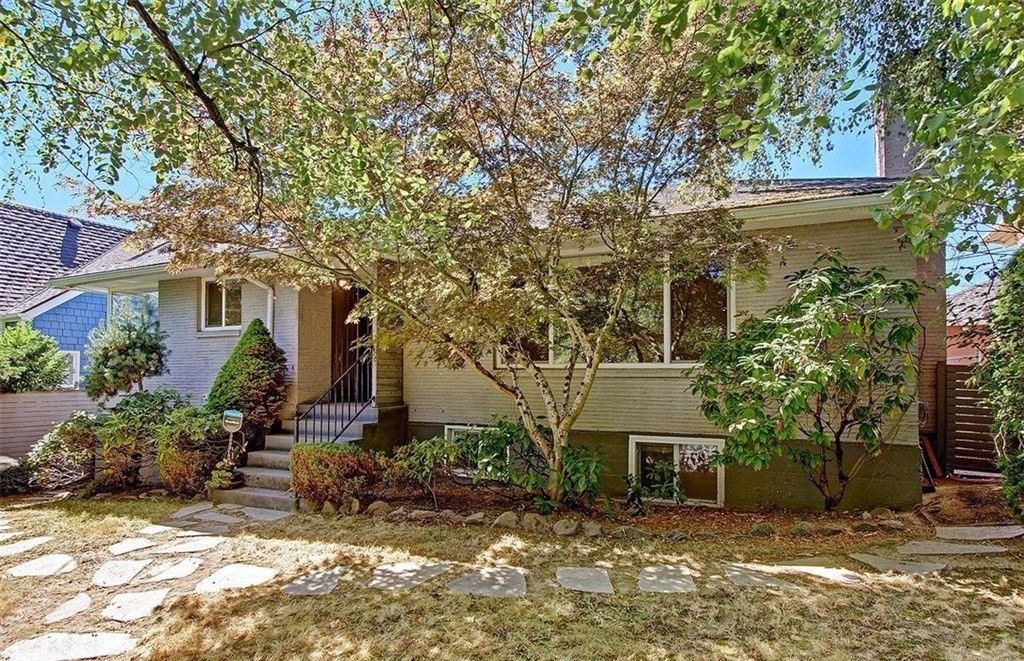
2523 31st Ave S.
Seattle, WA 98144
Listed at $785,000

- Beds: 4
- Baths: 2
- SqFt: 2,200
- MLS #: 1653054
- Taxes: $7,069 (2019)
- Lot Size: 5,000 SQFT
- Type: Single-Family Home
- Year Built: 1950
- Style: 1 Story W/Bsmnt.
- Views: Territorial
- Community: Mt Baker
Want a house with a swimming pool? Then look no further. Check out this solid 1950 home, set back off the street for privacy. The main floor has a living room with hardwoods & fireplace, an eat-in kitchen, 2 bedrooms & a full bath. Then a fully finished lower level with 2 bedrooms, a family room, 2nd full kitchen & 3/4 bath. Perfect for a MIL. Fully fenced yard with trees and shrubs. The backyard patio and swimming pool face west so it’s sunny. Light rail, parks, eateries all walk-able.
 Facebook
Facebook
 X
X
 Pinterest
Pinterest
 Copy Link
Copy Link


